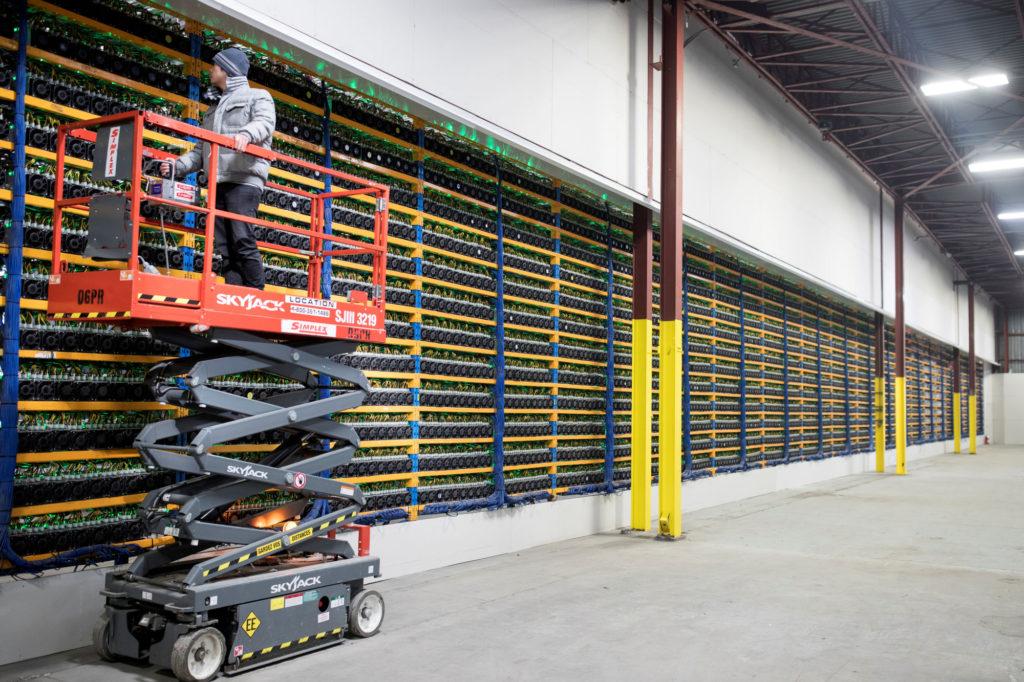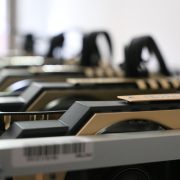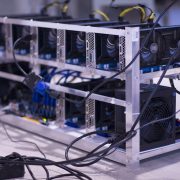Most people who here the term “mining” for the first time picture crypto coins being dug up in some cyberspace underground mine. Of course, this is silly, as we all know that Bitcoin is n’t physical.
So why call it mining? What does the word mean in the context of this non-physical crypto world?
It’s because bitcoins exist in the protocol’s design the same way that gold exists within crevasses underground These coins haven’t been brought to the surface yet the same way some gold deposits are yet to be dug up and brought into the light.
It all boils down to the fact that the bitcoin protocol states that there will 21 million bitcoins at some point in time. Miners bring them out into the light a couple at a time.
How? Well, they get this privilege as a reward for their work in creating blocks of validated transactions and including them in the blockchain.
What is a node?
So you’ve probably also heard the term node before? A node, in a nutshell, is a super powerful computing device which runs bitcoin software and helps to keep the bitcoins running by engaging in the relaying of information.
Any average bloke can run a node, all you need to is download the free bitcoin software & leave a certain port open. Easy enough right?
Well, not quite. The catch here is, that this process consumes loads of energy and storage space with the network at the time of writing taking up to 145GB.
Nodes spread BTC transactions to other nodes they’re familiar with and these spread to nodes they know and the process goes on this way getting around the entire network pretty fast.
Then there are mining nodes. Also known as miners. These nodes group outstanding transactions into blocks and add them to the blockchain.
But how do they do this?
This happens by the solving of complex mathematical equations which form part of the Bitcoin program and thereafter adding the answer to the block. The complex puzzle that needs to be solved is finding a number that when combined with the data in the block and passed through a hash function, produces a result within a certain range.
Easy? Well not really, this is much harder than it sounds.
This number is called a “nonce”, which is a concatenation of “number used once.” In the case of bitcoin, the nonce is an integer between 0 and 4,294,967,296.
How is this puzzle solved?
So how do they find this magic number? They guess at random. The hash function makes it impossible to predict what the output will be. Miners guess the mystery number and apply the hash function to the combination of the guess number and the data in the block. The resulting hash can only start with a pre-established number of zeroes. There is no way of knowing which number will work due to the fact that two consecutive integers will result in very different outcomes.
There could also be a number of nonces that produces the desired number or they might be none at all and in this case, the miners keep guessing but with different block configurations.
The first miner to get the resulting hash within the desired range alerts everyone else on the network and thus all other miners stop working on the solved block and move on to the next. The miner then gets rewarded for the work with fresh bitcoin!
What are the numbers like?
The reward at the time of writing amounts to 12.5 bitcoins which at the time of writing is worth around $200,000. This isn’t as lucrative as it sounds as there many mining nodes all competing for the same reward. It boils down to luck and pure processing power as the more guessing calculations your rig can perform the bigger your chances.

The costs of mining nodes are also considerably high not only due to the powerful hardware needed but also due to the heavy strain it will put on your monthly electricity.
The number of bitcoins awarded for solving these puzzles will decrease over time. It remains at 12.5 right now but this amount halves round about every four years.
How Difficult Are These Puzzles?
This boils down to the number of required zeroes at the beginning of the hash string. What makes it difficult is the fact this number is adjusted frequently thus it takes about 10 minutes to process one block.
It takes 10 minutes due to the fact that bitcoin developers deem it necessary for a steady & diminishing flow of new coins until the maximum of 12 million is reached sometime around 2140.
Did we make it easier for you to digest the process of mining?







Comments